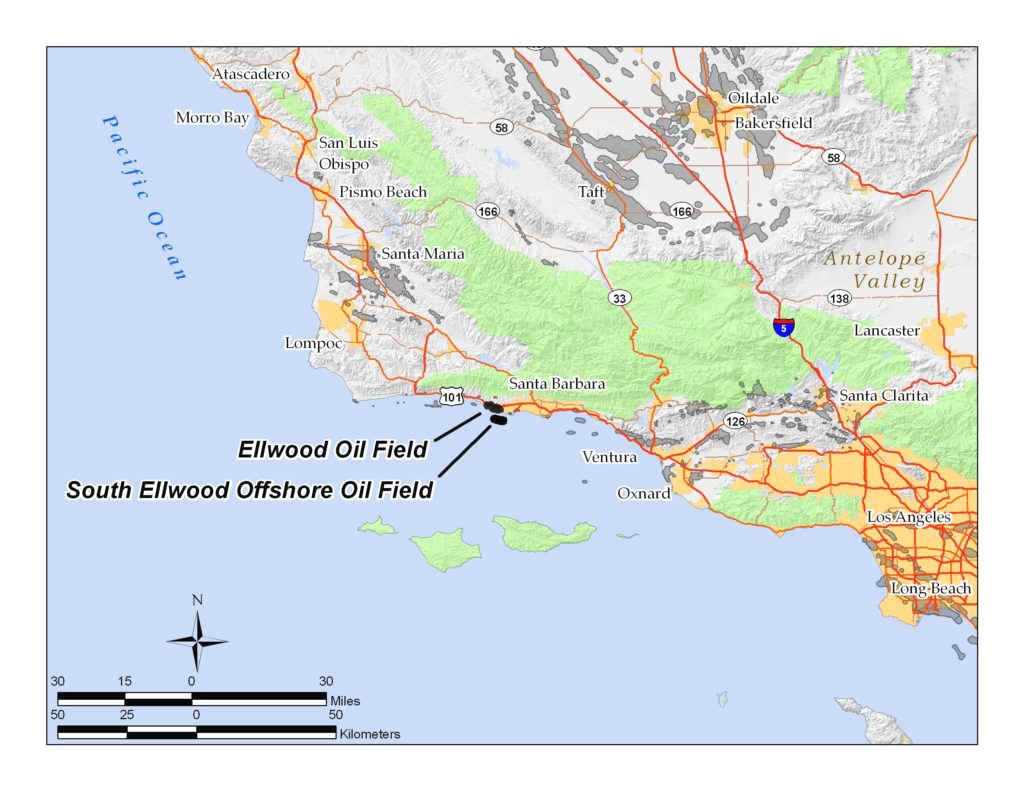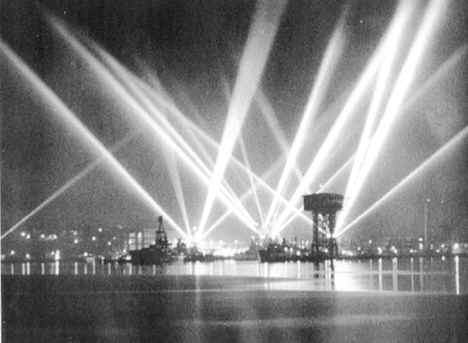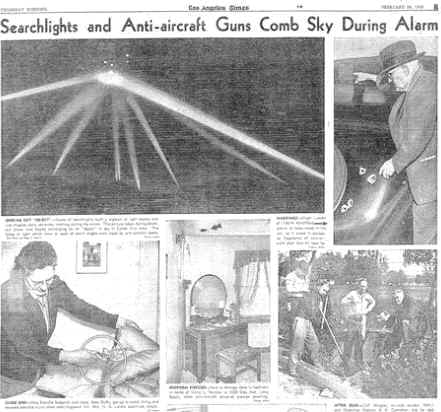| The
American people were in a state of shock.
Within three months of the Pearl Harbor Attack, a fleet of Japanese
submarines were reported off the coast of California.
Soon, barb-wire
fencing was stretched along sections of the coast to prevent a
land invasion by the Japanese. In addition huge balloons were tethered
high along the coast to prevent airplanes from landing. A US
military presence, along the coast, made it quite clear that we were
at war. Sunday drives along the coast were no
longer to be an enjoyable family activity. We were directed to
move along, and no stopping was allowed.
I was in the second grade. All government agencies
quickly initiated programs in case Los Angeles was bombed. The
Los Angeles School District asked
parents to supply their child with a small blanket/ food/water
to be kept at school, in case bombed streets would make it difficult
for the child to make it safely home. We had air raid practices
at school. In case of a Japanese air attack, we were
taught to sit under our wooden desk on those little blankets.
For
safety, Dad moved us out of the Los Angeles area, inland to Ontario,
where I finished my second grade, and my sister Tania the third grade.
We also spent the summer in Ontario returning to Los Angeles before
the fall school semester started. We moved back to
Evergreen Street in the Boyle Heights area of East Los Angeles and
returned to Evergreen Elementary School.
By the
middle of 1942, the United States "war machine" was
operating top speed. Factories were running 24 hour shifts, and all
ages were involved in supporting the war effort. People were growing
vegetable gardens, saving the metal of the tin cans, putting cardboard
into the soles of your feet for the leather to last longer, saving
animal fat renderings in tin cans, paper drives and cardboard drives
were big thing. The schools were the gathering place for all these
collections. Nothing was wasted.
The
neighborhood cooperated, especially with the air raid wardens. We had
to cover the windows at night, so no light would come out and give
clues to the enemy of the locations of where homes and factories were
located. Factories were camouflaged through the skills of Hollywood.
Women took to the work field. No longer were women, especially
minority women, just involved in "la costura" . . They
became Rosie the riveter, and wore slacks, and carried their lunch to
work.
Always
being a little out of the classroom social dynamic because mom did not
want to move into barrio, Evergreen was a challenge. As I remember in
third grade, there were three Mexican kids and the rest were mostly of
Russian Jewish heritage, although I do remember two names that do not
sound Jewish, Gordon and Miller. The patriotism and emotional depth of
pain suffered by Russian and other Jews marked me.
I loved to
sing American songs, folk, patriotic, folk, and learned the song for
each military corp. It was fun, whether on foot, in the car or on the
train, to start singing at the top of your lungs. We kids would
fling open the windows and sing the appropriate song for the soldier
that happened to pass our way. Most adults would just smile. We always
got a smile and a wave from the soldiers whose branch theme we were
singing.
The
newspaper's, Pres. Roosevelt's weekly radio messages,
the newsreels at the Saturday afternoon movie
matinees kept us up with the news. We kids felt that we
mattered. That what we did for the war effort - mattered.
Smiling through our small sacrifices, like sugar and meat rations,
made us feel patriotic. We were not suffering and we knew it.
We were
proud to be Americans . . . .
|


